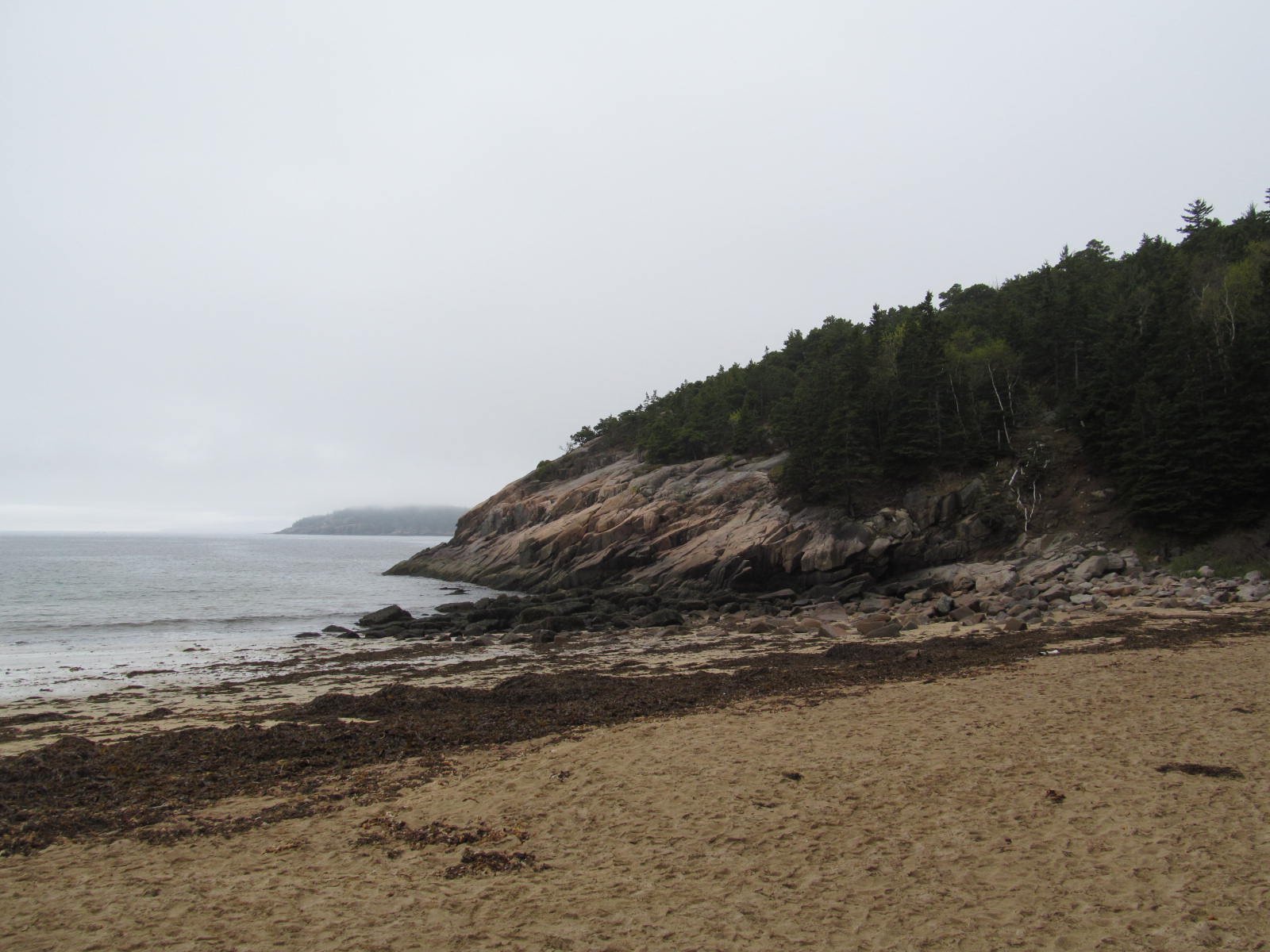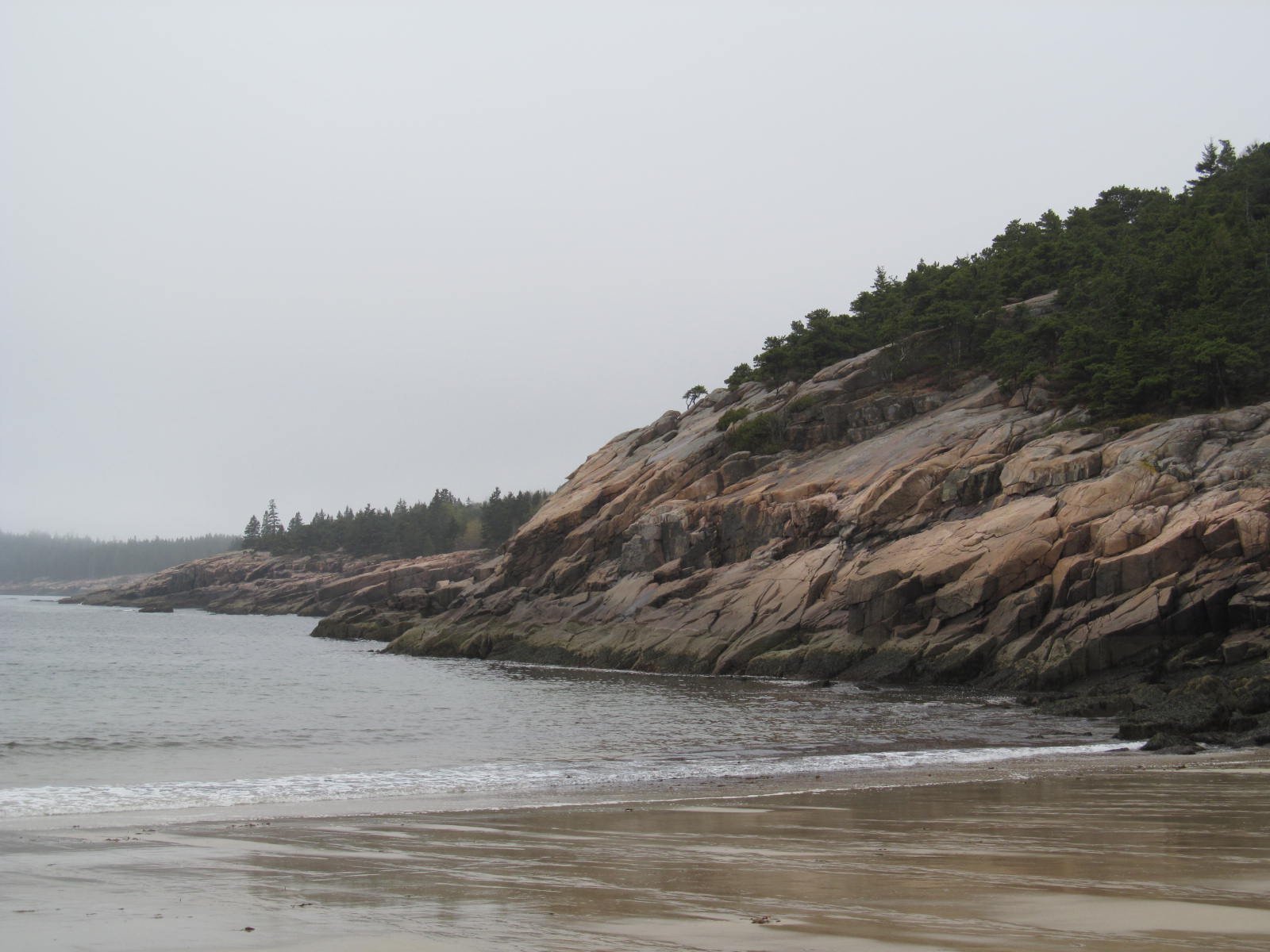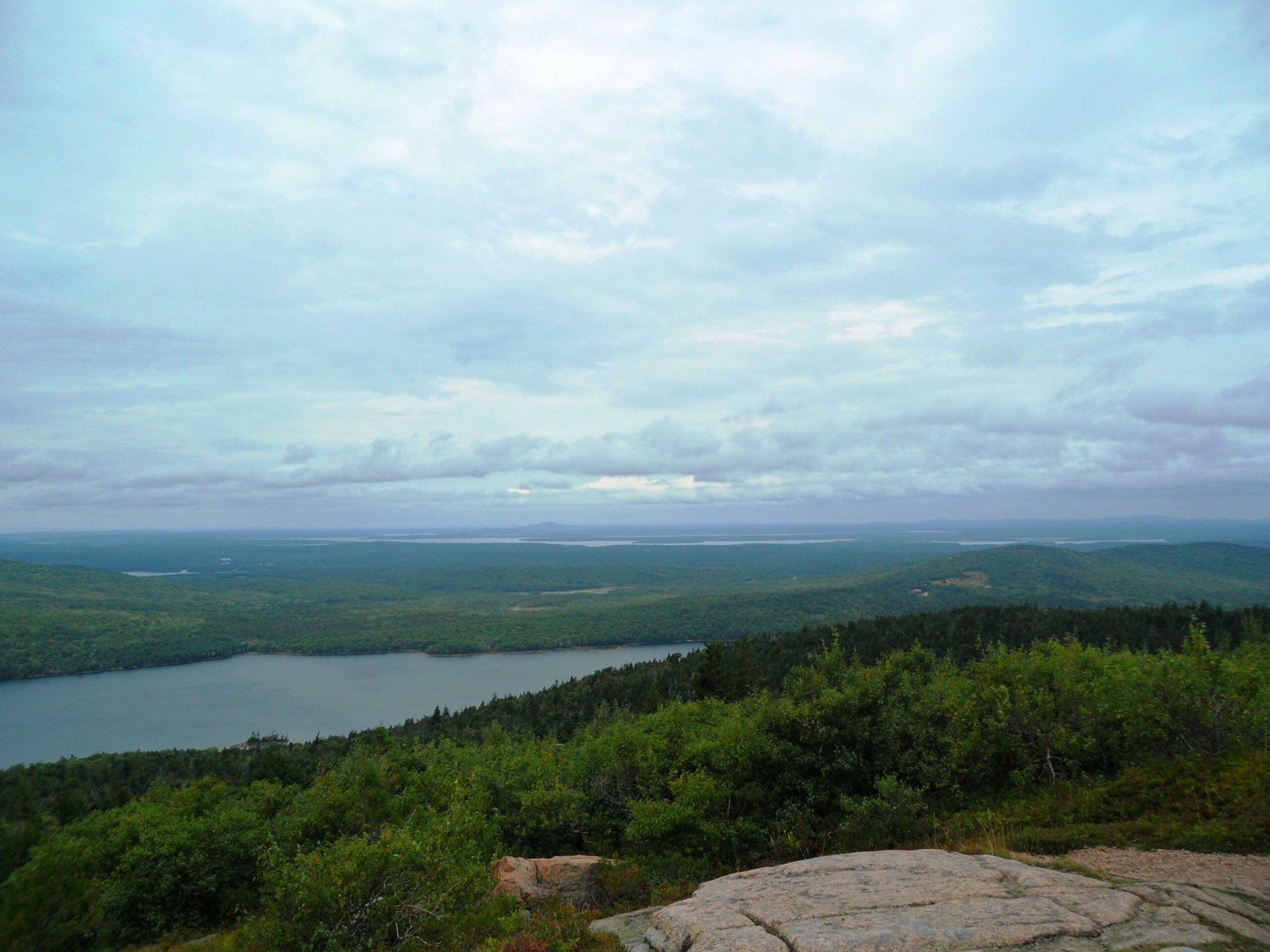Acadia National Park, a pristine wilderness in Maine, faces a significant challenge from invasive species. These non-native plants threaten the park’s biodiversity, altering ecosystems and outcompeting native flora. Over 20 invasive plant species have been identified in Acadia, including Japanese Knotweed, Japanese Barberry, and Asiatic Bittersweet. Park managers employ various strategies to combat these invaders, from manual removal to targeted herbicide use, while engaging the community in conservation efforts.
What Are the Most Problematic Invasive Species in Acadia National Park?

Acadia National Park is grappling with several invasive plant species that pose significant threats to its ecosystems. Here’s a list of the most problematic invaders:
- Japanese Knotweed (Fallopia japonica)
- Japanese Barberry (Berberis thunbergii)
- Asiatic Bittersweet (Celastrus orbiculata)
- Glossy Buckthorn (Frangula alnus)
- Autumn Olive (Elaeagnus umbellata)
- Garlic Mustard (Alliaria petiolata)
- Burning Bush (Euonymus alatus)
- Shrubby St. Johnswort (Hypericum prolificum)
Each of these species has unique characteristics that make them particularly harmful to the park’s native ecosystems.
How Do Invasive Species Impact Acadia’s Ecosystems?

The impact of invasive species on Acadia National Park’s ecosystems is multifaceted and severe:
-
Habitat Alteration: Invasive plants like Japanese Knotweed form dense stands that exclude native vegetation, dramatically changing habitat structures.
-
Biodiversity Loss: By outcompeting native plants for resources, invasives reduce overall biodiversity in the park.
-
Soil Chemistry Changes: Some invasive plants, such as Autumn Olive, alter soil chemistry, making it difficult for native species to thrive.
-
Wildlife Impact: Changes in vegetation affect native wildlife that depend on specific plant species for food and shelter.
-
Increased Disease Vectors: Japanese Barberry thickets, for instance, create favorable conditions for disease-carrying ticks.
What Management Strategies Does Acadia National Park Employ?
Acadia National Park uses a variety of strategies to manage invasive species:
-
Manual and Mechanical Control: Physical removal of invasive plants, particularly effective for small infestations.
-
Herbicide Treatment: Targeted application of herbicides for widespread invasions, used cautiously to minimize impact on native species.
-
Monitoring and Mapping: Regular surveys to track the spread of invasive species and the effectiveness of control measures.
-
Community Engagement: Public education programs and volunteer opportunities to involve visitors and local communities in invasive species management.
-
Early Detection and Rapid Response: Quick action to address new invasions before they become established.
How Can Visitors Help Combat Invasive Species in Acadia?
Visitors to Acadia National Park can play a crucial role in combating invasive species:
-
Learn to Identify: Familiarize yourself with common invasive species in the park.
-
Report Sightings: Use the park’s reporting system to alert staff of invasive species locations.
-
Clean Gear: Before and after visiting, clean hiking boots, camping gear, and vehicles to prevent spreading seeds.
-
Stay on Trails: Avoid disturbing areas where invasive species control efforts are underway.
-
Volunteer: Participate in organized invasive species removal events in the park.
-
Don’t Transport Plants: Never bring outside plants or seeds into the park or remove plants from the park.
What Are the Long-term Goals for Invasive Species Management in Acadia?
The long-term goals for invasive species management in Acadia National Park include:
-
Eradication of Priority Species: Completely removing certain high-impact invasive species from the park.
-
Containment: Preventing the spread of established invasive populations to new areas within the park.
-
Ecosystem Restoration: Rehabilitating areas impacted by invasives to support native biodiversity.
-
Research and Innovation: Developing new, more effective management techniques.
-
Increased Public Awareness: Expanding education programs to create a more informed and engaged public.
How Does Climate Change Affect Invasive Species in Acadia?
Climate change is expected to exacerbate the invasive species problem in Acadia National Park:
-
Extended Growing Seasons: Warmer temperatures may allow invasive plants to thrive and spread more rapidly.
-
Altered Competitive Dynamics: Changes in temperature and precipitation patterns may give some invasive species an advantage over native plants.
-
New Invaders: Shifting climate zones may allow new invasive species to establish in the park.
-
Increased Disturbances: More frequent extreme weather events can create opportunities for invasive species to colonize disturbed areas.
-
Management Challenges: Changing conditions may require adaptations to current management strategies.
What Research is Being Conducted on Invasive Species in Acadia?
Ongoing research on invasive species in Acadia National Park includes:
-
Distribution Mapping: Using GIS and remote sensing to track the spread of invasive plants.
-
Ecological Impact Studies: Assessing how invasives affect native plant communities and wildlife.
-
Control Method Efficacy: Evaluating the effectiveness of various management techniques.
-
Climate Change Modeling: Predicting future invasive species threats under different climate scenarios.
-
Biocontrol Research: Investigating potential biological control agents for specific invasive species.
By addressing these critical questions, Acadia National Park continues its efforts to protect its unique ecosystems from the threat of invasive species. The park’s comprehensive approach, combining active management, research, and public engagement, serves as a model for invasive species control in protected areas across the United States.
References:
1. Management Plans For Invasive Plant Species of Acadia National Park
2. Invasive Plants – Acadia National Park (U.S. National Park Service)
3. Maine Invasive Plants Field Guide

